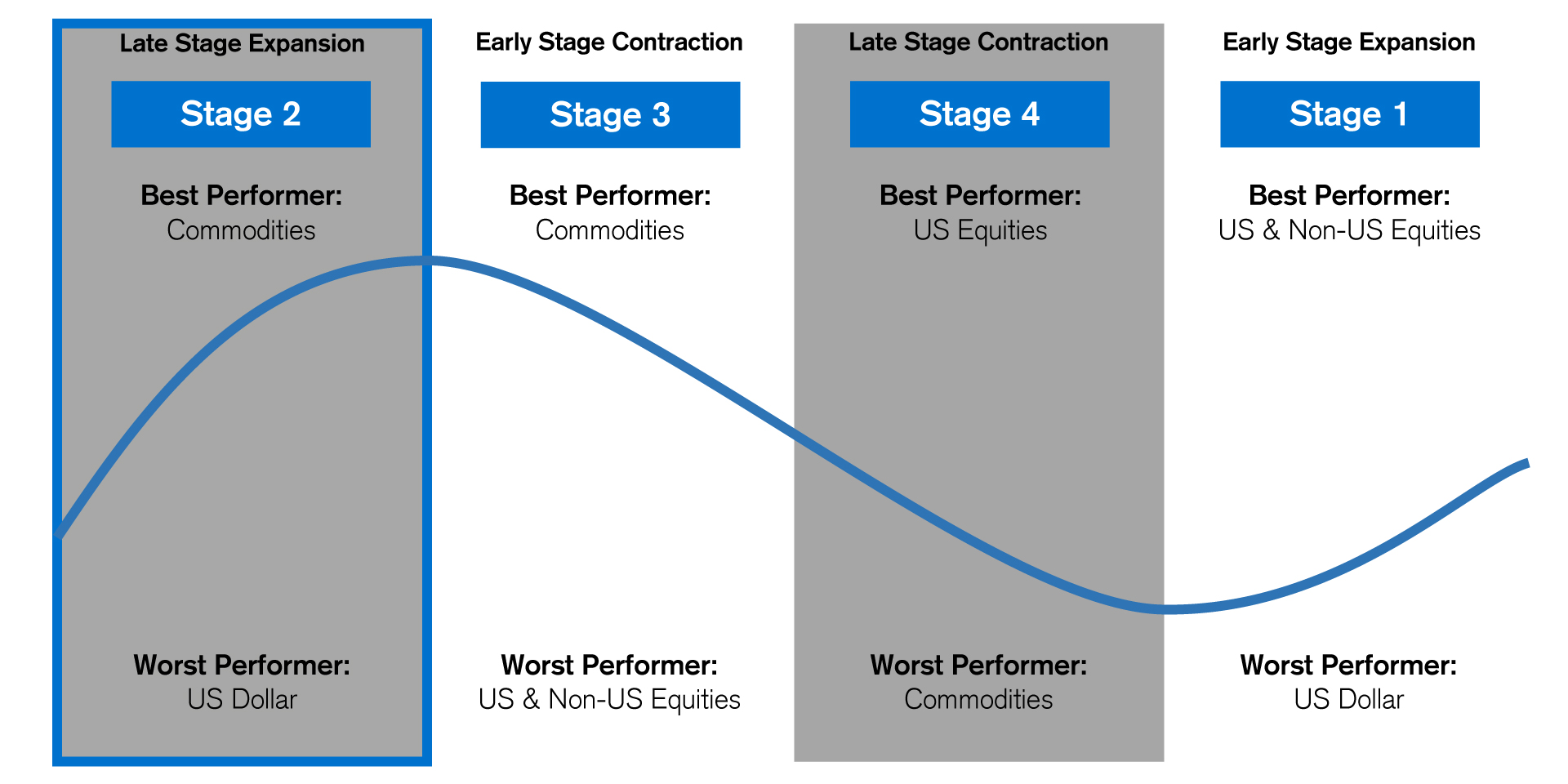The Da Vinci Code: Fact Vs. Fiction In Dan Brown's Bestseller

Table of Contents
The Priory of Sion: Myth or Reality?
The Priory of Sion, a secret society central to "The Da Vinci Code," is portrayed as a powerful organization protecting ancient secrets for centuries. However, the historical evidence supporting this depiction is extremely weak. Dan Brown's claims regarding the Priory's influence and its alleged role in safeguarding the truth about Jesus are largely unsupported by credible historical sources. The organization's existence is documented, but its narrative within the novel significantly diverges from historical reality.
-
Examination of the Priory of Sion's documented history (or lack thereof): While the Priory of Sion did exist, its documented history reveals a rather mundane existence, far removed from the powerful, secretive group depicted in the novel. Its origins trace back to the late 12th century, not the distant past suggested by Brown.
-
Debunking the novel's portrayal of the organization's power and influence: The novel portrays the Priory as wielding immense political and religious power throughout history. This is a significant exaggeration; historical records provide no evidence to support such claims.
-
Highlighting the historical inaccuracies surrounding the Priory's alleged members and activities: The novel attributes prominent historical figures to the Priory's membership, such as Leonardo da Vinci and Isaac Newton. These claims are unfounded and lack credible supporting evidence. The novel's version of the Priory's history is largely a fabrication, built upon dubious sources and speculation. The occult aspects interwoven into Brown’s narrative are largely unsupported by factual accounts of the Priory.
Jesus's Marriage and Descendants: Historical Evidence and Interpretation
One of the most controversial claims in "The Da Vinci Code" is the assertion that Jesus was married to Mary Magdalene and fathered children. The novel uses this claim as a cornerstone of its narrative, suggesting a cover-up orchestrated by the Catholic Church. However, there's no credible historical evidence supporting the claim of Jesus's marriage or descendants.
-
Discussion of the Gnostic Gospels and their interpretations of Jesus's life: The novel relies heavily on Gnostic Gospels to support its claims. While these texts offer alternative perspectives on Jesus's life, they are not considered canonical by mainstream Christianity and are often viewed as theological interpretations rather than historical accounts.
-
Analysis of archaeological evidence related to early Christianity and potential historical inaccuracies in the novel: Archaeological findings provide no definitive evidence supporting the claims of Jesus's marriage. The novel's portrayal of early Christianity relies on selective interpretation and ignores substantial historical evidence that contradicts its narrative.
-
Comparison between the novel's portrayal and established religious dogma: The novel directly challenges established religious dogma concerning Jesus's life and the nature of Christianity. This creates a conflict between the fictional narrative and the established beliefs of mainstream Christianity. The "Holy Blood, Holy Grail" theory, a key component of Brown's argument, remains highly debated and lacks widespread acceptance among historians and theologians.
The Holy Grail: Symbolism and Interpretation
The Holy Grail, a central symbol in "The Da Vinci Code," is presented not as the chalice used at the Last Supper, but as a metaphorical representation of Mary Magdalene and the bloodline of Jesus. This interpretation diverges significantly from other traditional interpretations of the Grail's symbolism.
-
Examination of various interpretations of the Holy Grail’s symbolic meaning: Throughout history, the Holy Grail has been interpreted in various ways, representing everything from a literal chalice to a spiritual quest for enlightenment.
-
Exploration of the Grail’s presence in medieval literature and art: The Grail's presence in medieval literature and art often emphasizes its religious significance, associating it with themes of purity, divinity, and spiritual transformation.
-
Differentiation between the Grail as a literal artifact versus a metaphorical concept: "The Da Vinci Code" prioritizes the metaphorical interpretation, while other historical and religious perspectives emphasize the Grail's symbolic, rather than literal, significance.
The Da Vinci Code's Impact and Legacy
"The Da Vinci Code" undeniably left a significant mark on popular culture. Its immense success sparked renewed public interest in religious history, conspiracy theories, and the historical context of Christianity.
-
Analysis of the book's sales figures and global reach: The novel achieved phenomenal sales figures globally, becoming a cultural phenomenon.
-
Discussion of its effect on the tourism industry, particularly in locations mentioned in the novel: The book’s popularity led to a significant increase in tourism to locations mentioned in the narrative, highlighting its powerful influence on public perception and travel patterns.
-
Overview of critical responses and public reactions to the book's controversial claims: The novel's publication spurred considerable controversy and generated diverse public reactions, ranging from enthusiastic acceptance to vehement criticism. The book's blend of historical fiction and controversial claims sparked extensive academic and public debate.
Conclusion
"The Da Vinci Code" masterfully blends fiction and elements of historical debate to create a captivating narrative. However, separating fact from fiction is crucial. While the novel creatively uses historical figures and symbols, its interpretation of events often deviates significantly from established historical and religious accounts. Many of its central claims lack concrete evidence and are better understood as imaginative reinterpretations.
Interested in exploring the real history behind the captivating story of "The Da Vinci Code"? Continue your research into the historical context of the book's key themes and characters. Delve deeper into the factual and fictional aspects of this literary phenomenon and further investigate the fascinating world of fact vs. fiction surrounding "The Da Vinci Code."

Featured Posts
-
 Walleye Cuts Credit Commodities Teams Prioritize Core Client Groups
May 13, 2025
Walleye Cuts Credit Commodities Teams Prioritize Core Client Groups
May 13, 2025 -
 Putins Arctic Shadow Fleet A Sudden Reawakening And Growing Concerns
May 13, 2025
Putins Arctic Shadow Fleet A Sudden Reawakening And Growing Concerns
May 13, 2025 -
 Atalanta Dibungkam Fiorentina Kean Cetak Gol Penentu Kemenangan
May 13, 2025
Atalanta Dibungkam Fiorentina Kean Cetak Gol Penentu Kemenangan
May 13, 2025 -
 Tidak Ada Penempatan Pekerja Migran Di Kamboja Dan Myanmar Kata Karding
May 13, 2025
Tidak Ada Penempatan Pekerja Migran Di Kamboja Dan Myanmar Kata Karding
May 13, 2025 -
 Philippine Midterm Elections A Blow To The Marcos Dynasty
May 13, 2025
Philippine Midterm Elections A Blow To The Marcos Dynasty
May 13, 2025
